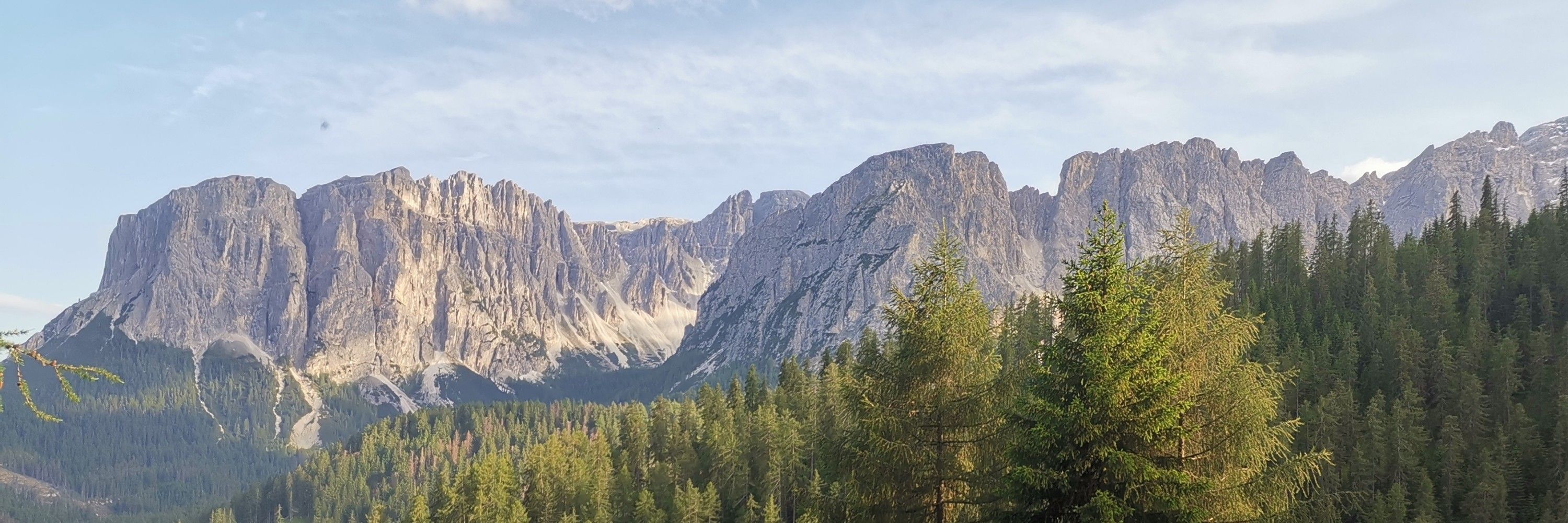
He/him
@nhmbryozoa.bsky.social #FossilFriday

@nhmbryozoa.bsky.social #FossilFriday












#MolluscMonday
@biodivlibrary.bsky.social
www.biodiversitylibrary.org/item/37510#p...

#MolluscMonday
@biodivlibrary.bsky.social
www.biodiversitylibrary.org/item/37510#p...
🧪⚒️

🧪⚒️




⚒️🧪

⚒️🧪













This new species is a small part of the important contribution of Dominici, Danise and Tintori, 2024.
#FossilFriday ⚒️🧪 1/2 🧵

This new species is a small part of the important contribution of Dominici, Danise and Tintori, 2024.
#FossilFriday ⚒️🧪 1/2 🧵
Here is the link to reach our open access paper: doi.org/10.1017/jpa....
You may check my previous thread to read about our findings and see some tiny snails 🐚
#FossilFriday 🛠️🧪

Here is the link to reach our open access paper: doi.org/10.1017/jpa....
You may check my previous thread to read about our findings and see some tiny snails 🐚
#FossilFriday 🛠️🧪
We invite abstracts for🦑🦪Advances in mollusc paleontology🐚🐙session convened by Alex Pohle,me, Thomas Neubauer & Aleksandra Skawina
www.palaeontologische-gesellschaft.de/en/conferenc...

We invite abstracts for🦑🦪Advances in mollusc paleontology🐚🐙session convened by Alex Pohle,me, Thomas Neubauer & Aleksandra Skawina
www.palaeontologische-gesellschaft.de/en/conferenc...

